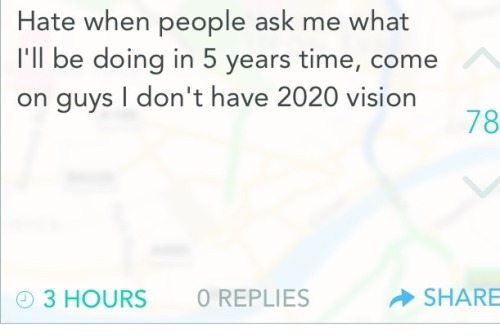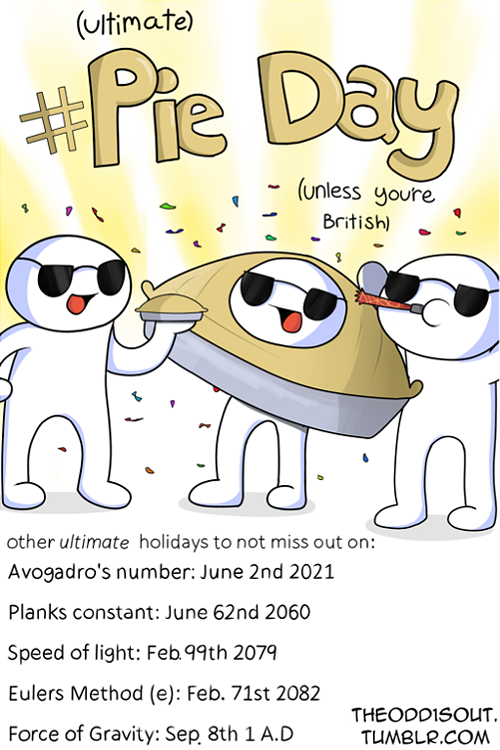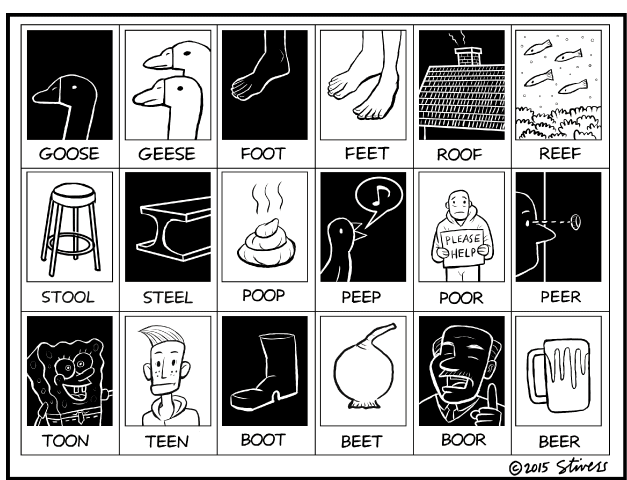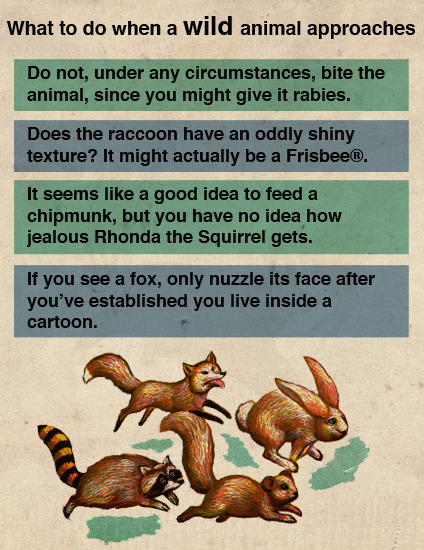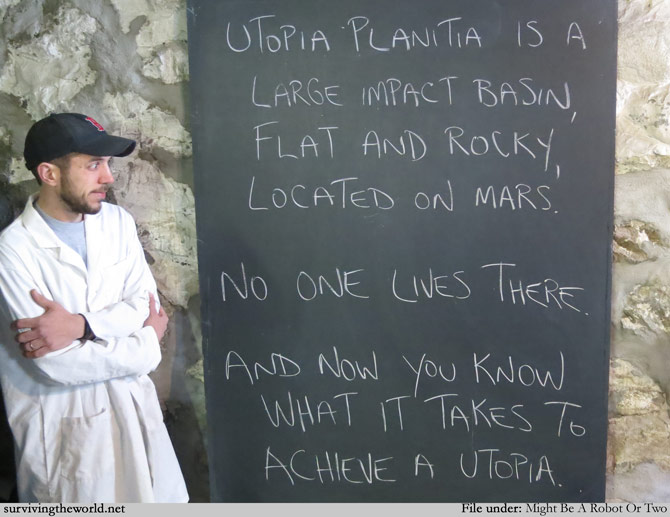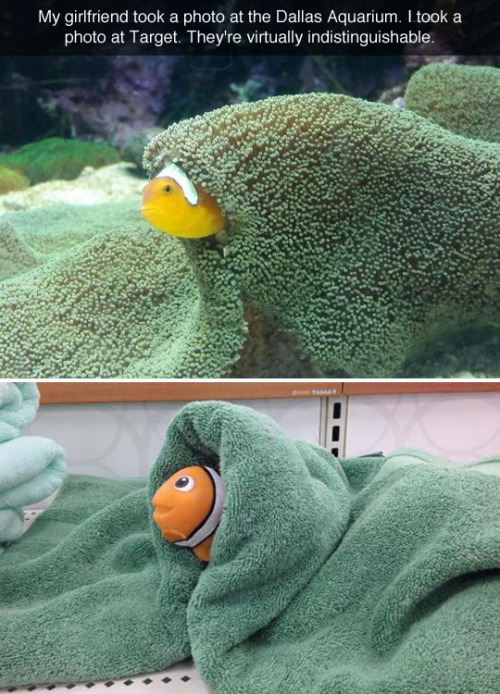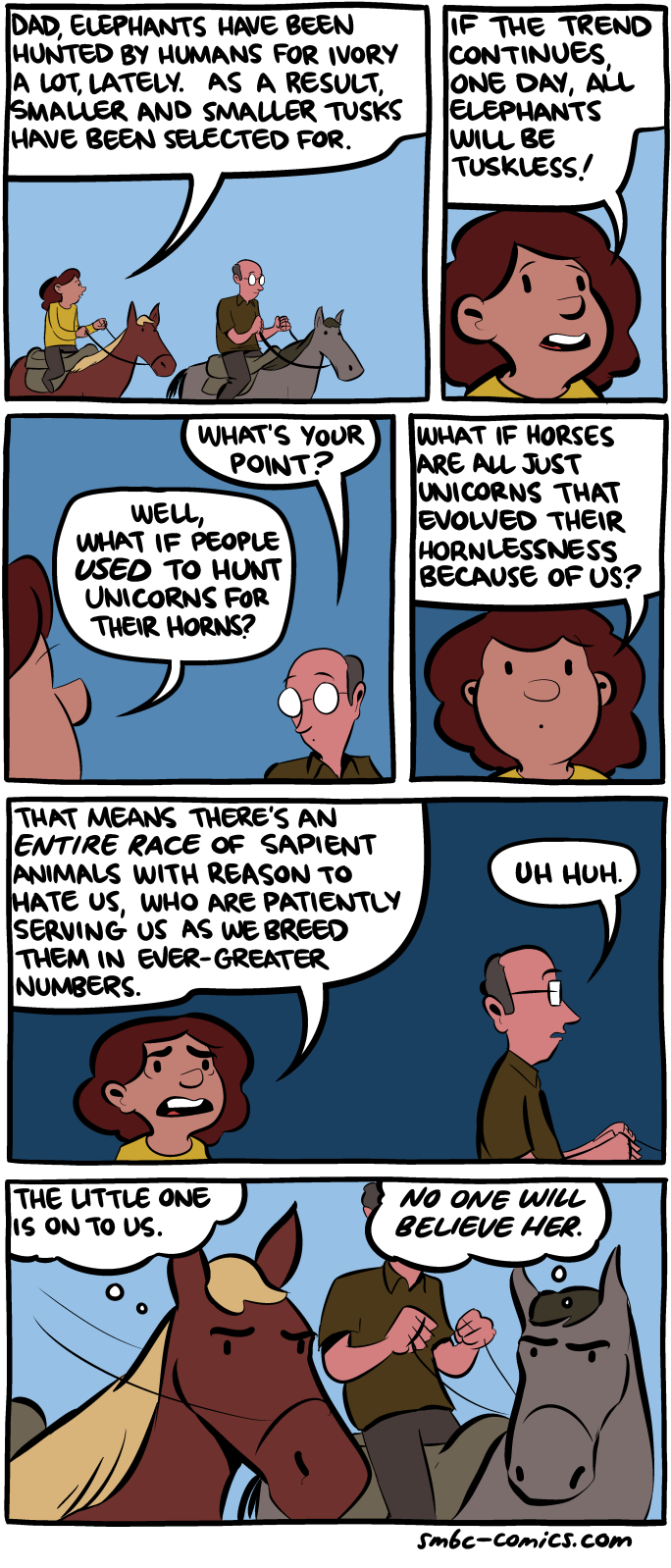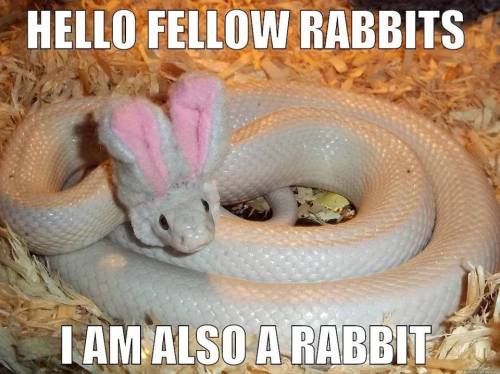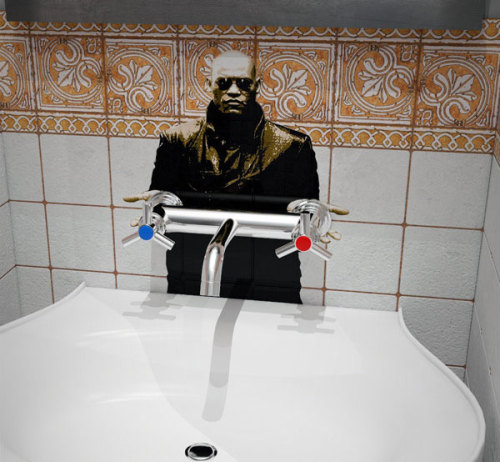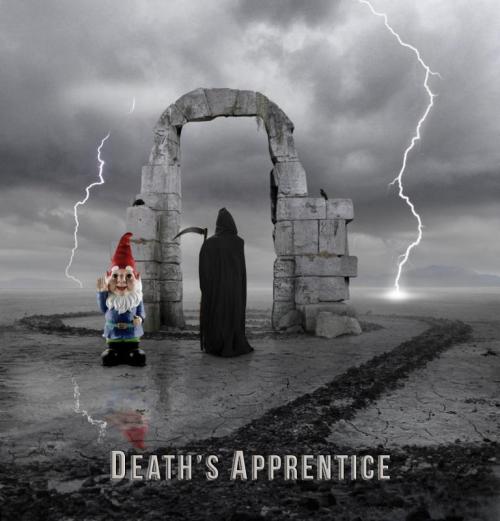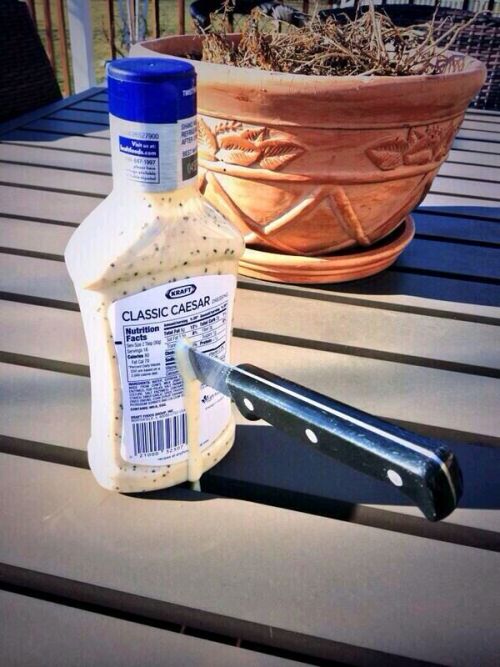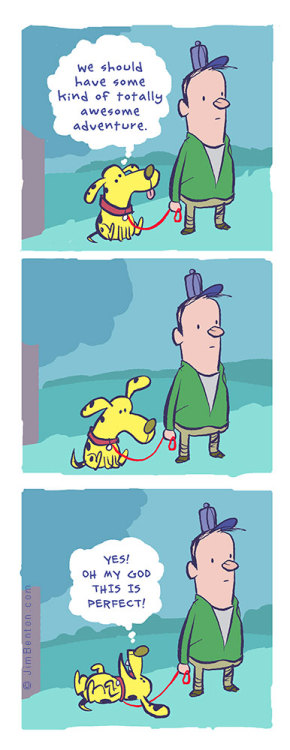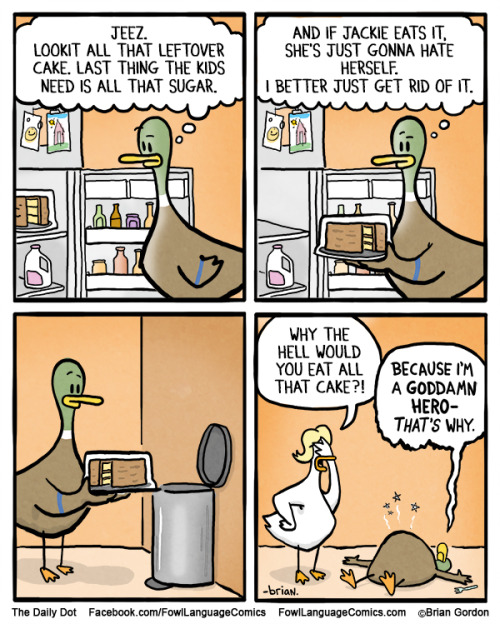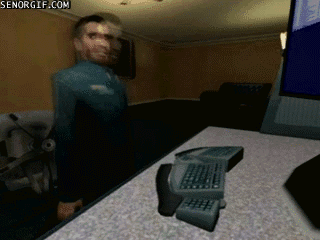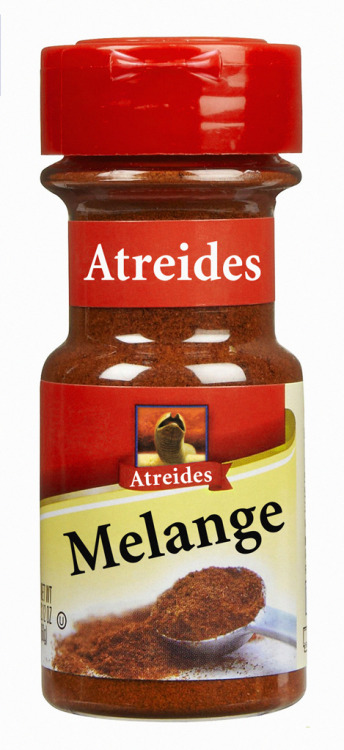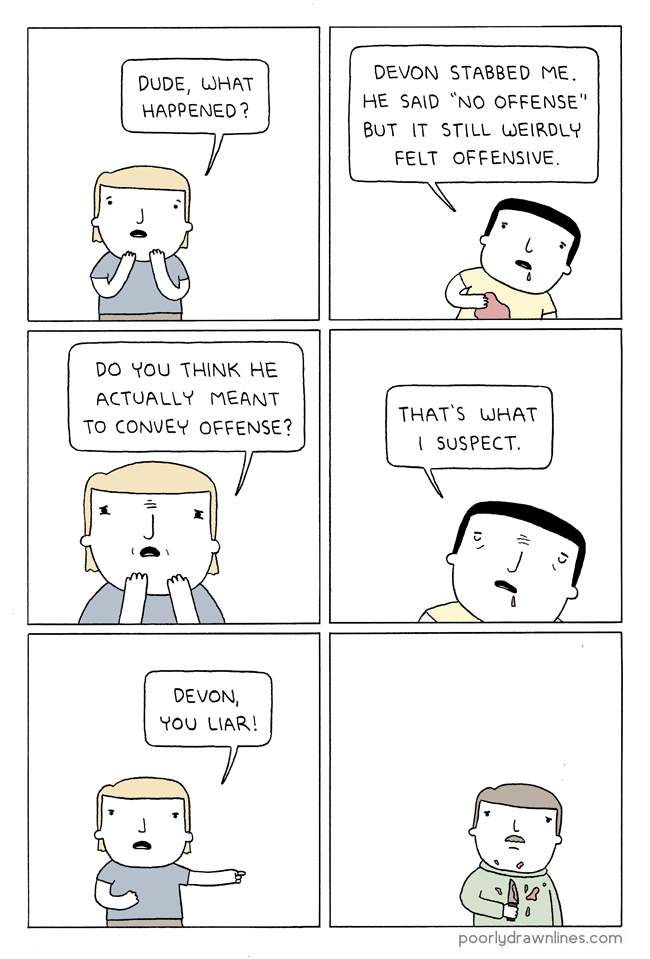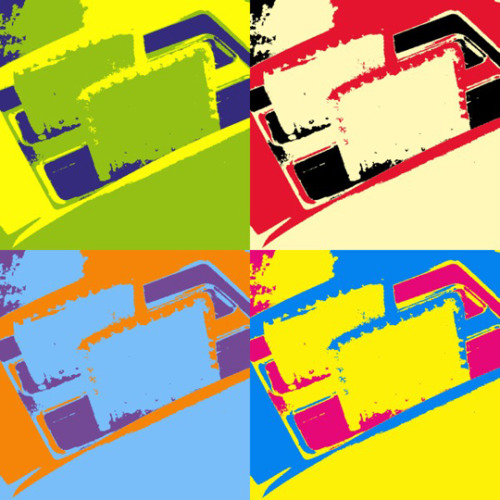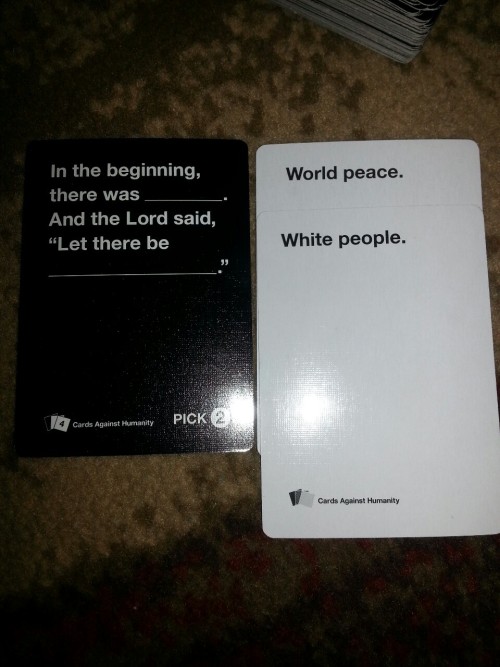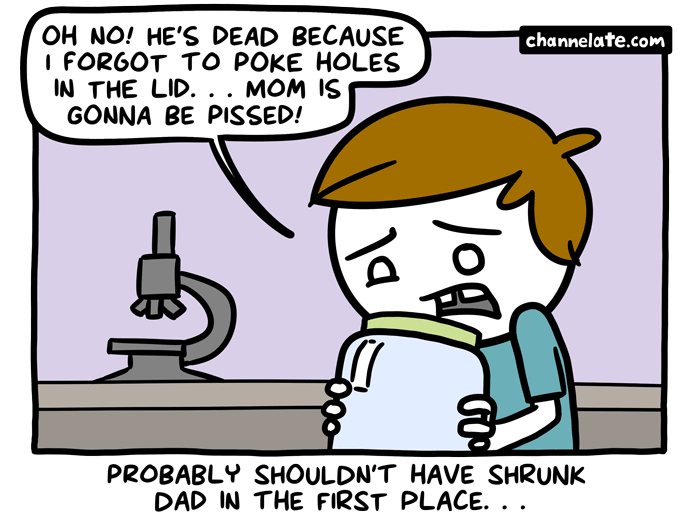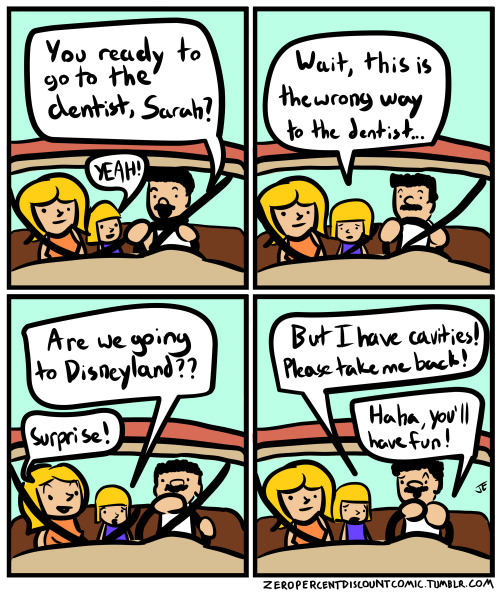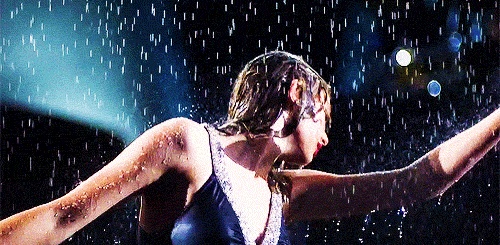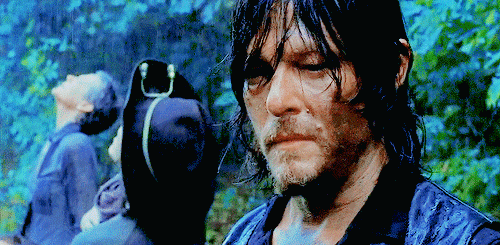Getting a close look at interesting exposures are often difficult or impossible, contrary to expectations at first glance. I'd have loved to get a closer look at the tentative contacts in the upper unit, but it wasn't to happen. The talus cones above the ditch (Dana is standing at the left base of one of them) are at the angle of repose, which basically means they're as steep as they can be without collapsing under their own weight. Put another way, if you add weight to them, they collapse easily, and often immediately. This means they're difficult at best to scramble up. Furthermore, both the bedrock units are steeper than the talus piles. And as you can see from Dana's stature, the contacts I'm curious about are maybe 35 feet up. A slip from there could be unpleasant.
Oh, and that bright red line along the side of the pavement? Those are cinders, used for winter traction, and probably quarried at Little Nash Crater.
Photo unmodified. October 9, 2012. FlashEarth Location.
Miscellaneous thoughts on politics, people, math, science and other cool (if sometimes frustrating) stuff from somewhere near my favorite coffee shop.
Saturday, March 21, 2015
Geo 1095: March 20, Day 809: Contact(s)!
There is one very distinct contact in the photo above, between what I've been referring to as the upper unit (lahar deposits), and the lower unit, which, at the time I took the photo, I was assuming were ash deposits of some kind. Turns out, they kind of are, but it's more complicated than I thought, and I only reached a satisfying conclusion a few days ago as to the nature of how they formed.
While I would describe the "upper unit" as poorly sorted overall, there do appear to be several other, though much less certain, contacts that may represent subsequent volcanic debris flows. In the annotation below, the upper-lower unit contact is a solid line, and the tentative contacts within the upper unit are dotted lines.
Photo unmodified. October 9, 2012. FlashEarth Location.
While I would describe the "upper unit" as poorly sorted overall, there do appear to be several other, though much less certain, contacts that may represent subsequent volcanic debris flows. In the annotation below, the upper-lower unit contact is a solid line, and the tentative contacts within the upper unit are dotted lines.
Photo unmodified. October 9, 2012. FlashEarth Location.
Geo 1095: March 19, Day 808: Miniature Badlands
"Badlands" are a type of landscape that are characterized by deep incision and densely-packed drainage paths. This is a sweet little example, from above the car across to the right side of the photo. First and foremost, what this tells you is that water doesn't percolate into this unit well; it almost entirely runs off. This was established in the previous post, but here we're seeing another consequence of that fact. And since water doesn't get into that unit, it doesn't hold water in such a way that plants can easily get established. The exceptions to that rule are in spots where water is weeping out of the overlying contact, such as directly above the car.
The deeply dissected surface also tells you that the material in the lower unit erodes fairly easily. Soil development includes a number of processes, including weathering, accumulation of organic material, biological succession and reworking on the surface, and the establishment of a sub-surface biota. But with bedrock like this, which is inhospitable to colonization, that's a long process. Add in the fact that every time there's a heavy rain, any accumulated weathering products and organic material are washed off, the process is reset to zero, and has to start all over. Until this face is worn down much closer to flat, or is covered by debris from deposition or mass movement, it will remain more or less bare.
Photo unmodified. October 9, 2012. FlashEarth Location.
The deeply dissected surface also tells you that the material in the lower unit erodes fairly easily. Soil development includes a number of processes, including weathering, accumulation of organic material, biological succession and reworking on the surface, and the establishment of a sub-surface biota. But with bedrock like this, which is inhospitable to colonization, that's a long process. Add in the fact that every time there's a heavy rain, any accumulated weathering products and organic material are washed off, the process is reset to zero, and has to start all over. Until this face is worn down much closer to flat, or is covered by debris from deposition or mass movement, it will remain more or less bare.
Photo unmodified. October 9, 2012. FlashEarth Location.
Wednesday, March 18, 2015
Geo 1095: March 18, Day 807: Perched Water
Visible here are the same two units we saw at the cut ~100 yards westward: a lower, apparently homogenous and more or less massive finer layer, and an upper layer of poorly sorted, but overall, much coarser material. The upward grading seen in that previous exposure, if it exists at all, is not as evident here. However, there is an immediately obvious and interesting phenomenon illustrated in this photo: the lower unit is clearly not as permeable to water as the upper one. So water percolates down through the upper unit until it reaches its lower contact, then flows along that surface until it reaches the exposure, where its reliable presence has allowed a small colony of shrubs to become established. If you look below and to the right of the largest clump of plants, you can see a darkened area where the surface is much damper than its surroundings. This was a late, dry fall; we normally get some rain in September, but I don't think we'd seen any rain since June or July over this summer. So the presence of significant moisture this much later in the season, and at this high an elevation (we're near 5000 feet here), indicates that it really is a very reliable source of moisture.
Funny... I knew I had posted an analogous photo toward the end of last year, and intended to link it. Turns out, I had given that post the same title I gave this one.
Photo unmodified. October 9, 2012. FlashEarth Location.
Funny... I knew I had posted an analogous photo toward the end of last year, and intended to link it. Turns out, I had given that post the same title I gave this one.
Photo unmodified. October 9, 2012. FlashEarth Location.
Tuesday, March 17, 2015
Geo 1095: March 17, Day 806: Green and Gray, Green and Gray
Not the title I'd been planning, but it is Saint Patrick's Day. This is the outcrop I'd been eyeballing for literally decades, hoping to have an opportunity to stop sometime. That may sound like an easily-remedied problem, but there are a number of issues. First, of the almost exactly 35 years I've been in Oregon, I've owned a car for fewer than three of them. Second, I've often not been in control of where stops were made. Third, on what likely amounts to the majority of my trips, the participants were middle school or high school students, so I've chosen stops most likely of interest to them (and this one probably wouldn't be), and even more importantly, locations that could be explored safely by young people. The traffic here is a serious issue in that respect, though I'd trust college students to be cautious about crossing. Finally, as any trip leader knows, time is always an issue. Trying to pack as much as you can into available daylight, while making logistical provisions such as bathrooms and food stops, etc, and judging when people are getting tired enough that they're not really processing anymore, is an acquired skill. Sometimes you just have to skip things you'd hoped to do and see.
The drive-by aspect of this cut that has always drawn my eye is the clear channel cut and bedding. We'll take a closer look at those features and others in upcoming posts.
Photo unmodified. October 9, 2012. FlashEarth Location.
The drive-by aspect of this cut that has always drawn my eye is the clear channel cut and bedding. We'll take a closer look at those features and others in upcoming posts.
Photo unmodified. October 9, 2012. FlashEarth Location.
Geo 1095: March 16, Day 805: Reverse Grading
On the approach to Tombstone Pass, on Route 20 east of Corvallis, in the Western Cascades, there are a number of appealing roadcuts, some of which have convenient pullouts. Despite having sailed merrily past them many times, I had never had time or opportunity to stop and look more carefully at them prior to a trip to the area with Dana on October 9, 2012.
Though this was not thedroid outcrop I was looking for, it did have some interesting features, and the one I was looking for was just around the corner. And when I say "just," I walked to it in about the same time it took for Dana to move the car there.
Looking at the cut, though, there are a couple of things that pop out immediately. There are two distinct sets of deposits here. From this perspective, the lower one looks fairly homogenous, with a kind of "badlands" morphology (It's even more distinct in the next cut). The upper one consists of angular, poorly sorted clasts ranging from quite fine to very large. However, despite being poorly sorted, there is a distinct trend for the clasts to get larger from the base of that deposit up to maybe 15-20 feet above that line. This is backwards from most examples of graded bedding, where the individual fragments start coarse and become more fine upwards, and thus is called "reverse grading." It indicates that even though deposition was occurring, the energy of the flow was increasing. It's an excellent indicator of a debris flow, and can often be seen in cuts in modern alluvial fans. This one, being composed of volcanic rock, would properly be called a lahar. Here's a crop to show the reverse graded portion more closely:
We didn't cross the road here, so I didn't realize until we went around the corner how puzzled I would be by the lower unit. And in passing, it looks as if there might be a third, finer-grained, and better-bedded third unit, cut into the second, as a "V" near the center of the photo. Note the gap in the larger clasts in that area.
Photo unmodified. October 9, 2012. FlashEarth Location.
Though this was not the
Looking at the cut, though, there are a couple of things that pop out immediately. There are two distinct sets of deposits here. From this perspective, the lower one looks fairly homogenous, with a kind of "badlands" morphology (It's even more distinct in the next cut). The upper one consists of angular, poorly sorted clasts ranging from quite fine to very large. However, despite being poorly sorted, there is a distinct trend for the clasts to get larger from the base of that deposit up to maybe 15-20 feet above that line. This is backwards from most examples of graded bedding, where the individual fragments start coarse and become more fine upwards, and thus is called "reverse grading." It indicates that even though deposition was occurring, the energy of the flow was increasing. It's an excellent indicator of a debris flow, and can often be seen in cuts in modern alluvial fans. This one, being composed of volcanic rock, would properly be called a lahar. Here's a crop to show the reverse graded portion more closely:
We didn't cross the road here, so I didn't realize until we went around the corner how puzzled I would be by the lower unit. And in passing, it looks as if there might be a third, finer-grained, and better-bedded third unit, cut into the second, as a "V" near the center of the photo. Note the gap in the larger clasts in that area.
Photo unmodified. October 9, 2012. FlashEarth Location.
Monday, March 16, 2015
Geo 1095: March 15, Day 804: Confluence
Our last stop before we headed into Cave Junction for lunch, then back to I-5 and up the road to the old nickle mine at Riddle, was at the confluence of Grayback (I think) and Sucker Creeks. Klamath streams that drain fairly large areas can be a gold mine (metaphorically speaking) for finding odd rock types and all sorts of fine, weird structures. I don't recall anything notable in terms of rocks here, and I don't think I carried any of this spot home... but it was quite pretty.
Photo unmodified. May 9, 2013. FlashEarth Location. (Fairly, but not completely, confident about this one.)
Photo unmodified. May 9, 2013. FlashEarth Location. (Fairly, but not completely, confident about this one.)
Sunday, March 15, 2015
Sunday Funnies: Time Edition
It just feels like there hasn't been enough of it the last few weeks...
Quotes of the Day
What it takes to stay caught up, these days. Funny to Me
Tastefully Offensive
"Ticking away the moments that make up a dull day..." Senor Gif
The Odd 1s Out
Very Demotivational
Stivers Cartoons
Mock, Paper, Scissors
Historic LOLs
What Would Jack Do?
Very Demotivational
Fake Science
What Would Jack Do?
Wondermark
Real Life Adventures
Cyanide and Happiness
What Would Jack Do?
Senor Gif
GraphJam
Surviving the World
Pie Comic
I always suspected he was talking out of his ass. Bad Newspaper
Very Demotivational
Historic LOLs
Bad Newspaper
Books of Adam
Tastefully Offensive
Pleated Jeans
The Far Left Side
Jim Benton
Cheezburger
SMBC
Cheezburger
Jen Sorensen
Funny to Me
"I've made a huge mistake." Tastefully Offensive
Funny to Me
Very Demotivational
Maximumble
Savage Chickens
Tastefully Offensive
Gray Zone Comics
Tastefully Offensive
Berger & Wyse
Senor Gif
Blackadder
"Beware the Ides of March" Darius Whiteplume
Blackadder
What Would Jack Do?
...but cannot be guaranteed to be nut-free. Very Demotivational
Jim Benton
Bad Newspaper
Cyanide and Happiness
Historic LOLs
Very Demotivational
Shannon Wheeler
Fowl Language Comics
Tastefully Offensive
"Data Analysis" What Should We Call Grad School?
Tastefully Offensive
"That's a good horse!" Bad Newspaper
Flowing at a market near you! Darius Whiteplume
Lunar Baboon
The Gentleman's Armchair
Bad time to realize that's the question. Blackadder
Very Demotivational
Wil Wheaton
Mr. Lovenstein
Poorly Drawn Lines
Tastefully Offensive
"Pop Art of the Top Part of a Pop Tart" Tastefully Offensive
Savage Chickens
Bad Newspaper
Cheezburger
The Frogman
Very Demotivational
Wil Wheaton
Funny to Me has no caption on this, but what came to my mind was "Goat Cocker." "I get by with a little help from mehehehehe friends."
Channel Ate
Wondermark
"Fluorescence microscopy" What Should We Call Grad School? My perspective on this experience.
Zero Percent Discount
"How I think I look..."
"...How I actually look." "Walking back to the field truck after a day of mapping in the rain" Geology is Hard
Tastefully Offensive
Charlie Higson
I'm going to wrap this up now, but there's still roughly a week's backlog. I'll see if I can round those up for next week's funnies.
Quotes of the Day
What it takes to stay caught up, these days. Funny to Me
Tastefully Offensive
"Ticking away the moments that make up a dull day..." Senor Gif
The Odd 1s Out
Very Demotivational
Stivers Cartoons
Mock, Paper, Scissors
Historic LOLs
What Would Jack Do?
Very Demotivational
Fake Science
What Would Jack Do?
Wondermark
Real Life Adventures
Cyanide and Happiness
What Would Jack Do?
Senor Gif
GraphJam
Surviving the World
Pie Comic
I always suspected he was talking out of his ass. Bad Newspaper
Very Demotivational
Historic LOLs
Bad Newspaper
Books of Adam
Tastefully Offensive
Pleated Jeans
The Far Left Side
Jim Benton
Cheezburger
SMBC
Cheezburger
Jen Sorensen
Funny to Me
"I've made a huge mistake." Tastefully Offensive
Funny to Me
Very Demotivational
Maximumble
Savage Chickens
Tastefully Offensive
Gray Zone Comics
Tastefully Offensive
Berger & Wyse
Senor Gif
Blackadder
"Beware the Ides of March" Darius Whiteplume
Blackadder
What Would Jack Do?
...but cannot be guaranteed to be nut-free. Very Demotivational
Jim Benton
Bad Newspaper
Cyanide and Happiness
Historic LOLs
Very Demotivational
Shannon Wheeler
Fowl Language Comics
Tastefully Offensive
"Data Analysis" What Should We Call Grad School?
Tastefully Offensive
"That's a good horse!" Bad Newspaper
Flowing at a market near you! Darius Whiteplume
Lunar Baboon
The Gentleman's Armchair
Bad time to realize that's the question. Blackadder
Very Demotivational
Wil Wheaton
Mr. Lovenstein
Poorly Drawn Lines
Tastefully Offensive
"Pop Art of the Top Part of a Pop Tart" Tastefully Offensive
Savage Chickens
Bad Newspaper
Cheezburger
The Frogman
Very Demotivational
Wil Wheaton
Funny to Me has no caption on this, but what came to my mind was "Goat Cocker." "I get by with a little help from mehehehehe friends."
Channel Ate
Wondermark
"Fluorescence microscopy" What Should We Call Grad School? My perspective on this experience.
Zero Percent Discount
"How I think I look..."
"...How I actually look." "Walking back to the field truck after a day of mapping in the rain" Geology is Hard
Tastefully Offensive
Charlie Higson
I'm going to wrap this up now, but there's still roughly a week's backlog. I'll see if I can round those up for next week's funnies.











